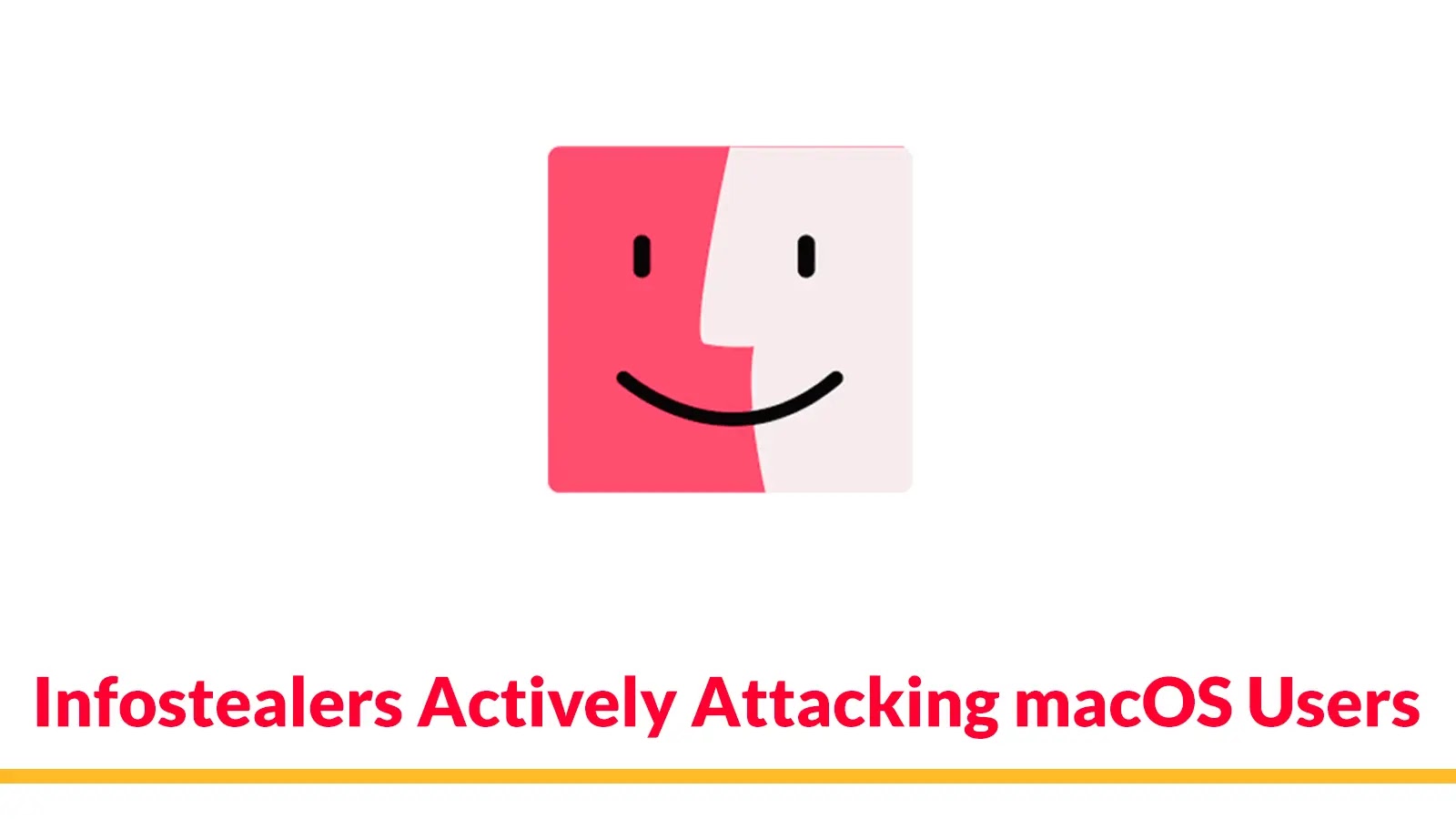
Infostealers Actively Attacking macOS Users in The Wild to Steal Sensitive Data
The cybersecurity landscape has historically painted Windows as the primary target for malicious actors. However, a significant and concerning shift is underway: macOS users are now squarely in the crosshairs of sophisticated information-stealing malware. This isn’t just an anecdotal observation; it’s a rapidly evolving threat that demands immediate attention from IT professionals, security analysts, and every macOS user.
The Rising Tide of macOS Infostealers
Recent reports highlight an alarming surge in information-stealing malware specifically engineered to exploit macOS environments. These advanced infostealers demonstrate unprecedented precision in their attacks, moving beyond traditional opportunistic strikes to target valuable data with surgical accuracy. This marks a stark departure from the long-held belief that macOS was inherently more secure or less attractive to cybercriminals.
The capabilities of these infostealers are particularly concerning. They are designed to pilfer sensitive data that acts as a direct gateway for further malicious activity. This includes, but is not limited to, browser credentials, cookies, and autofill information. Such stolen data is not merely a privacy breach; it’s a potent arsenal for ransomware groups and other threat actors seeking initial access into corporate networks or personal accounts.
Understanding the Threat: What Data is at Risk?
The primary objective of these macOS infostealers is data exfiltration. The types of data targeted are precisely those that offer the highest leverage for subsequent attacks:
- Browser Credentials: Usernames and passwords saved within web browsers are a goldmine. Access to these allows attackers to log into online banking, social media, email accounts, and critical business applications.
- Cookies: Session cookies can allow attackers to hijack active user sessions without needing a password. This grants direct access to logged-in services.
- Autofill Information: Personal details, credit card numbers, and addresses stored in browser autofill features can be harvested for financial fraud or identity theft.
The theft of this information is not an end in itself for threat actors. Instead, it serves as a critical first step. With stolen credentials and session data, attackers can:
- Gain initial access to corporate networks, often leading to ransomware deployment.
- Impersonate users for spear-phishing campaigns.
- Exfiltrate further sensitive data from cloud services linked to compromised accounts.
- Conduct financial fraud.
Remediation Actions and Proactive Defense
Given the escalating threat, implementing robust security measures is no longer optional for macOS users. Proactive defense strategies are crucial to mitigate the risk posed by these sophisticated infostealers.
- Regular Software Updates: Ensure your macOS operating system and all applications are kept up-to-date. Software updates frequently include security patches that address vulnerabilities. For example, staying current protects against issues like those resolved in CVE-2023-38604 (though not directly related to infostealers, it exemplifies the importance of patching).
- Strong, Unique Passwords and MFA: Implement strong, unique passwords for all online accounts. Critically, enable multi-factor authentication (MFA) or two-factor authentication (2FA) wherever possible. Even if credentials are stolen, MFA acts as a vital secondary defense.
- Exercise Caution with Downloads: Only download applications from official sources like the Mac App Store or reputable developer websites. Avoid downloading software from untrusted third-party sites or through suspicious links in emails.
- Utilize Antivirus/Endpoint Detection and Response (EDR): Deploy a reputable antivirus or EDR solution specifically designed for macOS. These tools can detect and block known malware signatures and identify anomalous behavior indicative of a new threat.
- Regular Backups: Maintain regular, encrypted backups of your important data. In the event of a successful attack, this ensures data recovery without succumbing to extortion demands.
- Browser Security: Regularly clear browser cookies and cached data. Consider using browser extensions that enhance privacy and block tracking. Be judicious about saving passwords directly in your browser; consider using a dedicated password manager.
- Network Segmentation: For organizational environments, implement network segmentation to limit the lateral movement of an attacker if one system is compromised.
Tools for Detection and Mitigation
| Tool Name | Purpose | Link |
|---|---|---|
| Apple XProtect & MRT | Built-in macOS malware protection and removal tools. | https://support.apple.com/en-us/HT212480 |
| Objective-See Tools | Suite of free macOS security tools for monitoring and analysis (e.g., LuLu, BlockBlock, RansomWhere?). | https://objective-see.com/products.html |
| Commercial EDR Solutions (e.g., CrowdStrike, SentinelOne) | Advanced endpoint protection, detection, and response capabilities for macOS. | https://www.crowdstrike.com/ https://www.sentinelone.com/ |
| VirusTotal | Online service to analyze suspicious files and URLs for malware. | https://www.virustotal.com/ |
Looking Forward: Adapting to the Evolving Threat Landscape
The proliferation of macOS infostealers underscores a critical lesson: no operating system is immune to sophisticated cyber threats. The era of macOS being a niche, less-targeted platform is over. As these threats continue to evolve, leveraging new exploitation techniques and obfuscation methods, continuous vigilance and proactive security measures will be paramount. Organizations and individual users must invest in robust security solutions, foster a culture of cybersecurity awareness, and stay informed about the latest threat intelligence to effectively counter these persistent and intelligent adversaries.





